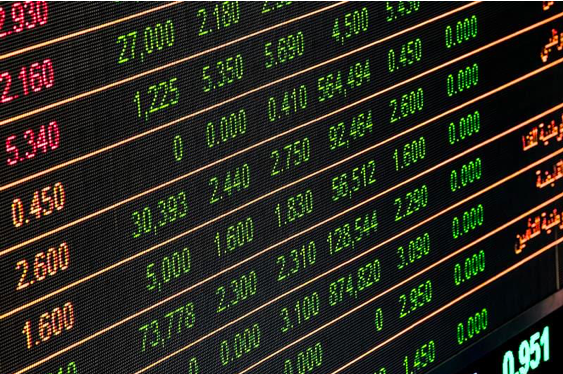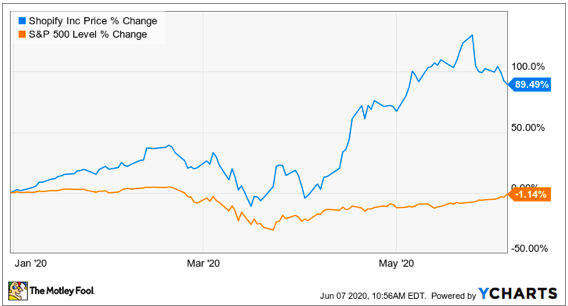Today, trading on the stock exchange is done remotely. Cutting-edge software allows you to buy and sell stocks for profit. But what is the best time?
Best Time to Trade Stocks
Thanks to modern technology, anyone can buy and sell stocks through the internet. The global exchange is more accessible than ever before. Residents of South Africa may trade shares of the largest world corporations like Apple or Microsoft. With knowledge of the market, you may profit from short-term ups and downs. But are there any universal recipes for timing?

Day Trading Tips
Generally, the highest volatility in the market is observed right after the opening. Swings are the broadest between 9:30 and 10:30 a.m. ET. This is because market players react to news reports released since the previous closing bell. This period of frenzy may bring quick gains, but newbies are advised to avoid it.
Throughout the day, the pace of stock trading changes. Many experts like Doji candle conclude their daily activities around 11:30 a.m. By that moment, volumes start shrinking, and volatility eases. As a result, trades take longer. The stock market is the calmest in the afternoon, as participants wait for news to act on. For a stock trader, this translates into stable prices and moderate risk for new positions. Afterwards, trading accelerates again.
Generally, the closing hours see increased volatility and volumes. Activity may be as intense as during the initial hour. Day traders either wrap up their work by 4 p.m. or engage in late-day rallies.
The Monday Rule
Some market gurus advice buying equity on the first day of the week. This is known as the Monday effect, and its basis is historical. In the past, the exchange often saw a decline on Mondays, when news accumulated over the weekend moved the marketplace. Another interpretation refers to traders’ frustration due to the beginning of the workweek.
Today, the Monday effect has generally lost its strength. After the regularity was spotted and covered by the media, its influence faded. Thus, the pattern rarely works. However, you may still seize a bargain if you buy on Monday through FXTM.
The Friday Rule
Investors feel positive about the upcoming weekend, and the market reflects this positive sentiment in rising prices. Hence, it is advisable to short-sell on Friday, and cover that position on Monday.
Best Month
A reputable brokerage will educate you on the best strategies for stocks. Consider the FXTM stock trading guide with all necessary fundamentals. Experts know that higher returns are often observed in certain parts of the year:
- during the summer months;
- close to year’s end.
Fall shows a few notable patterns. September is likely to bring or deepen downward movements. Historically, October has shown positive changes for the S&P 500, despite a couple of record falls (1929 and 1987). This means that you could jump in once the season starts, and reap profits in October.
January presents another viable opportunity. Here, like with the Monday effect, wide coverage of the trend has largely diminished its value. However, success is still possible. At the beginning of the year, the exchange is on the rise. If you purchase equity in December, you may enjoy a hefty profit in January. This is when volumes grow, and investors are inclined to sell in bulk — partly due to the need to claim capital losses. The rule works for value and small-cap stocks.

Best Day of the Month
No single day is perfect by default, but certain patterns exist. As a rule, stocks lose value in the middle of the month and appreciate when months change. This is when mutual funds see an influx of money, while managers buy growing stocks to better their balance sheets for the quarter.
Hence, if you plan to buy equity in the middle of the month, you could expect decent returns. Specifically, aim for the period between the 10th and the 15th. If you intend to sell, wait until 5 days around the turn of the month.
The Bottom Line
There is no single magical month or day for successful trades. The Monday effect, the Friday effect, and all others are merely generalizations to guide you in the right direction. Once information about a pattern becomes public, its power dies down.
Economic and political shocks can disrupt any pattern, especially when they come as a surprise. The most reliable of all the mentioned rules concerns the opening and closing hours of a market day. This is when trading is the most intense, and opportunities for profit are the most pronounced.































































